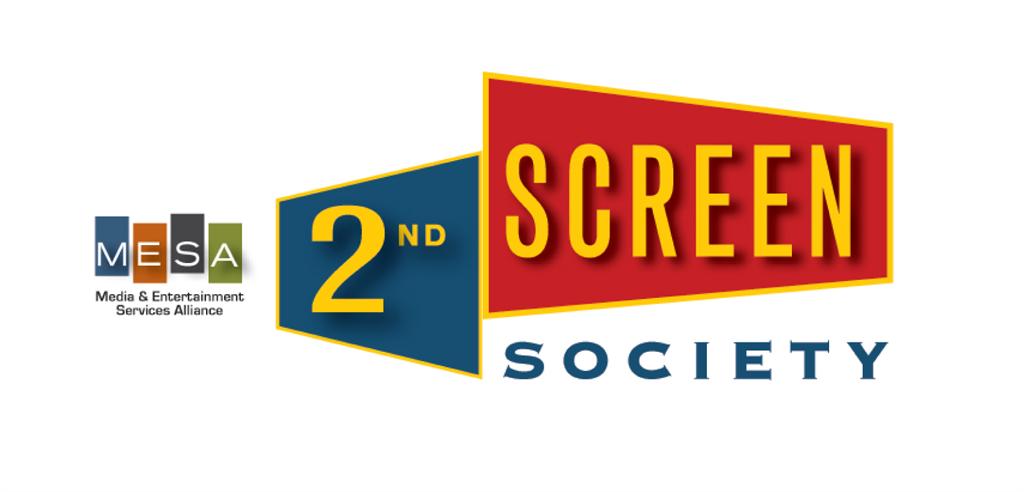Social Media Takes Center Stage at NAB Show

Vizrt touch-screen technology controls never.no powered Synchronized Companion Apps as well as social media content, including real-time viewer votes from iPads as they are fed into live graphics displays. This image shows how social media data incorporated live into graphics displays during TV 2 Norway’s Tour de France coverage.
LAS VEGAS—Like so many of its technology forefathers, social media has trodden a familiar path on its road to acceptance. Trepidation at first. A little worry mixed with bemused interest. Keen acceptance.
And now?
Like so many technologies before it, the cocktail of social media and broadcasting has coalesced into a promising—but sometimes confusing—muddle of stops and starts. Touted as the next big thing, it had the capacity to offer broadcasters a way to directly connect with their audience in an unprecedented way.
But the technology pushing social media integration has had a fitful start. It can be clunky to combine the immediacy of a Twitter feed with a standard live broadcast program. Then there was the issue of controlling a message, and the problem of filtering unsuitable messages. Inappropriate language got through. Production workflow was messy.
ENGAGING VIEWERS
At this year’s NAB Show, the goal seemed to be to offer the industry some clarity. How can technology be better harnessed to give broadcasters the access they were looking for, in a way to both engage viewers while simultaneously including them in the story itself?
“The second screen isn’t intended to be a disruptive element of television,” said Guy Finley, executive director of industry consortium 2nd Screen Society. “It’s about making that first screen more appealing.”
The NAB Show tackled the social media aspect in new ways, with sessions and Q&A panels examining how the technology is succeeding—and sometimes not—in the real world.
The NAB Show also devoted an entire day to helping professionals broaden the reach of their digital content. The three-day “Digital Publishing Workshop,” April 8-10, included a session titled “Finding Your Audience Tribes,” which provides a roadmap for finding the right audience and maximizing the impact of content with viewers.
How to best to do that? The way it’s been done for hundreds of years, frankly: through behavior, language and culture. Presenter Alexandra Gebhardt from Inside Media Networks will review the differences in those three facets as applied to social networks. The end goal is to fine tune content so it’s appealing to the passions of each audience.
“What’s interesting about social media is that it appeals to some basic human instincts in our DNA,” Gebhardt said. “We used to be stuck by geography. But a modern tribe is much more nomadic. Social media is a way to connect, and that’s why it appeals to us.”
Other sessions will offered tips on the basics, including how to get digital content on the Web in front of as many eyes as possible.
ON THE SHOW FLOOR
A number of companies showed new ways to make social media a more integrated part of a broadcast. The goal of the Vertigo XG graphics processor from Miranda is to help boost audience engagement via social media networks. Using templates that better combine a station’s channel-branding graphics and incoming Twitter feeds, stations can build a thoughtful image that can be prepared in advance, as well as integrate with a station’s lower-thirds, junctions and schedule boards.
Easing that process is also the goal of Chyron’s second-screen solutions. The Engage social TV gateway integrates second-screen, social media and social TV data into live programming via votes, polls or tweets. It’s designed to integrate social media responses into a broadcast without disrupting production workflow, according to Chyron. There’s also Shout, new standalone software designed to help broadcasters bring social media commentary into live broadcasts.
Shout lets users to monitor, select, adjust, and route social media conversations to broadcast graphics systems for on-air playback or as stored as data files for later use.

Like a majority of social media technologies that are on hitting the market, the technology is able to add, remove and authenticate multiple social media accounts via an independent playback controller and filter.
Orad showed a system allowing viewers to watch a TV sports broadcast while simultaneously receiving additional information via a second-screen device. The Companion Application also lets users interact with a broadcaster by sending feedback via Twitter or Facebook. The product lets broadcasters display viewer’s feedback.
Vizrt debuted “Social TV,” an application that captures social media content from Twitter, Facebook, Flickr and other sources and allows presenters to tell a story with this content in visually compelling ways.
With new editorial tools for selecting messages, journalists can search content, then send the selected messages to Viz Ticker or Viz Trio for on-air presentations.
Just before the show, social TV company never.no announced a partnership with Hybrid TV, a Roswell, Ga.-based provider of virtual set technology, to offer an integrated solution that allowing audiences to participate in a program in real time via a second-screen device.
Ross Video set up a studio within its booth to demonstrate how a full studio can be specifically tuned to maximize social media. The company showcased its Inception Social Media Management that allows users to use a single tool for pulling content from social media outlets and publishing this in broadcast productions.
“I think there’s a growing awareness of the importance of social media and [finding a way to] integrate it into daily life,” said Jeff Moore, executive vice president of sales and marketing for Ross. “If you can make that workflow nice and smooth, you can get that time back that you’re spending feeding the beast and focus on getting the content out there.”
Get the TV Tech Newsletter
The professional video industry's #1 source for news, trends and product and tech information. Sign up below.
Susan Ashworth is the former editor of TV Technology. In addition to her work covering the broadcast television industry, she has served as editor of two housing finance magazines and written about topics as varied as education, radio, chess, music and sports. Outside of her life as a writer, she recently served as president of a local nonprofit organization supporting girls in baseball.

